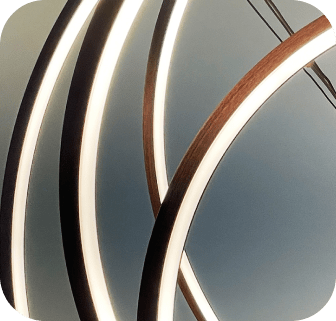Sculpsure is the latest in non-invasive permanent fat reduction technology.
Is Sculpsure Permanent?
Yes, Sculpsure is a permanent loss of fat. Patients who use Sculpsure report up to 24% permanent reduction in fat.
What Is The Recovery After Sculpsure?
Patients are able to return to normal activities that same day. Patients have much less pain than those with cool therapies such as Coolsculpt (as many as 1/10th of patients will experience some neurogenic complaints)
Does Sculpsure Hurt?
Sculpsure is typically used on the flanks and stomach and little pain is felt here for most patients. The inner thigh area can be uncomfortable for some patients and patients are advised to take an over the counter pain medication prior to treatment.
Why The 1060 Wavelength For Sculpsure?
The 1060 wavelength was chosen because it has a high affinity for fat tissue. Since the 1060 wavelength does not absorb melanin it can be used on all skin types. This wavelength has a specific penetration depth as well.
How Does Sculpsure Work?
Essentially Sculpsure creates a controlled heating of the area. The wavelength used targets fat cells below the skin and allows the body to eliminate the fat cells over time. Sculpsure targets the fat 2-3 cm deep and creates a solid treatment areas without any gaps.
Do I Need Pinchable Fat For This To Be Effective?
No, sculpsure targets fat at its specific depth and does not rely on suction like Coolsculpt.
What Are The Advantages Of Sculpsure Over Coolsculpt?
Both Sculpsure and Coolsculpt have been shown to be clinically effective and enjoy high patient satisfaction rates. Coolsculpt takes longer for patients (although new protocol is much faster than old Coolsculpt protocol) in the office. There can be some nerve sensation issues after Coolsculpt although this is thought to be rare.
Should I Combine My Sculpsure With Any Other Technologies?
Yes, since Sculpsure removes the fat, tightening technologies which also target at can be helpful. Treatments such as BodyFX and Forma can be used to heat and contract tissues. Some patients will opt for a more invasive procedure such as Bodytite to have even more changes present.





